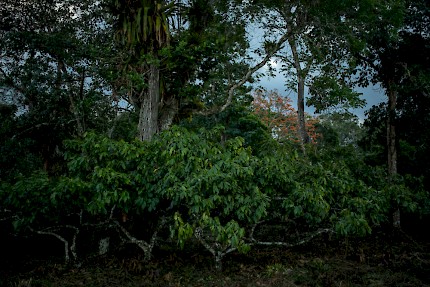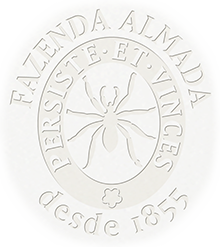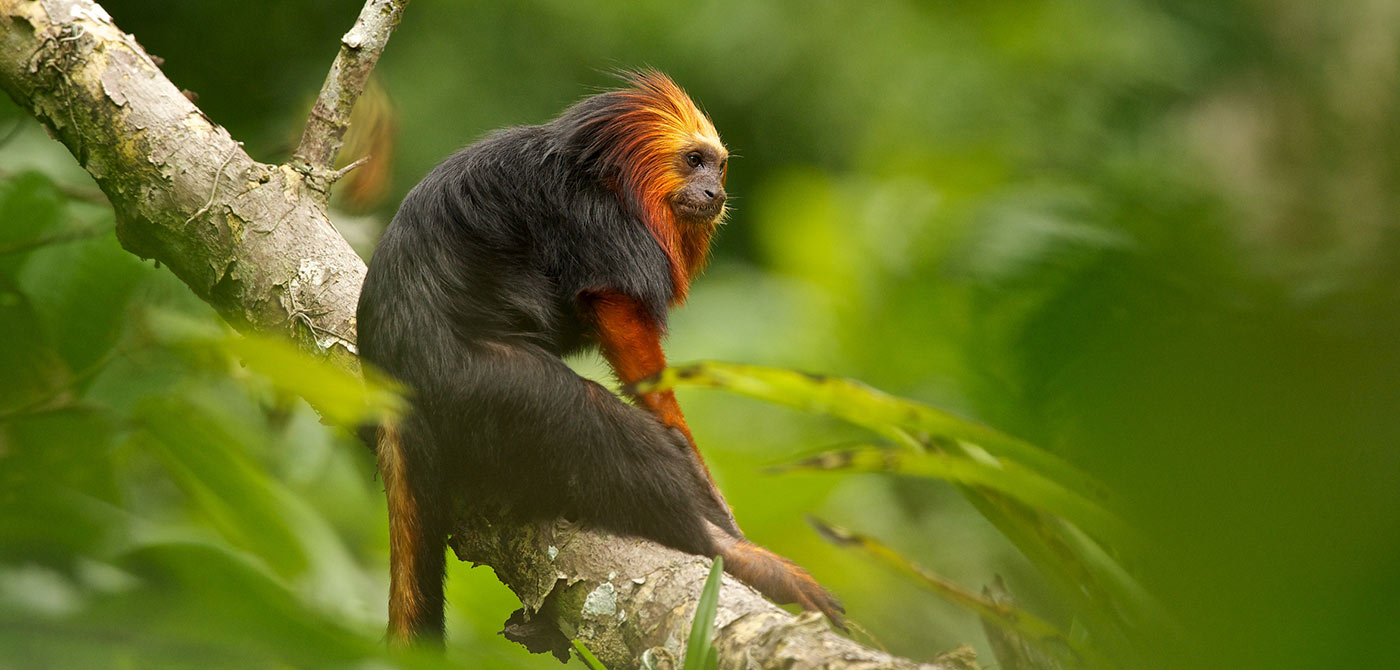Almada Farm is located in the Atlantic Forest (Mata Atlantica), which is Brazil’s second largest tropical forest after the Amazon. Once this habitat consisted of over a million hectares on the Brazilian Atlantic coast. Unfortunately, only seven percent of the original environs is intact today due to the large proportion of Brazilians living in the Mata Atlantica region. The forests have given way to human needs for housing, farmland and pastures. But here on the Cocoa Cost surrounding Ilhéus where our farm is located, nature has been well preserved, largely due to the natural cultivation of cocoa.

Much of the biodiversity is preserved here. The ancient trees of the Atlantic Forest remain standing. Only among the beautiful trees of the forest were there any clearings to create space for planting cocoa trees. They thrive in the shade of large trees, which in turn provide habitat for countless species of animals that survive there.
In this way, Almada offers Cabruca as an area for study and scientific work, supporting the protection of the Golden-headed Lion Tamarin, a species that has become extremely rare. In this way, our guests have the experience of visiting families of this species accompanied by Bila, a specialized guide at Almada. They feel at home here in the cocoa forest.
The tropical forest on the Brazilian Atlantic coast is a unique form of vegetation, rich in species, which can compete with all the tropical forests in the world.
The Atlantic Forest is considered the forest with the greatest biodiversity in the world.
This habitat has a greater variety of flora and fauna than in the more famous Amazon rainforest. That is why it is so important to stop the decline of this biodiversity and, if possible, to increase it.

